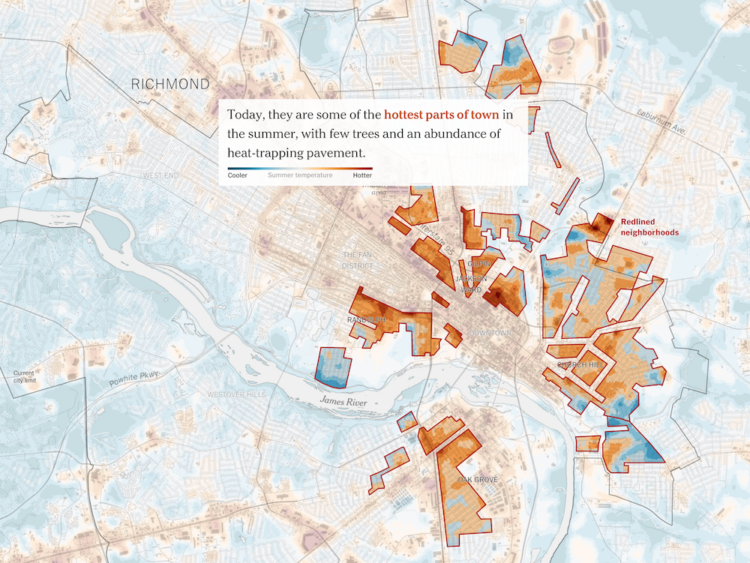Well, this is really unpleasant.
Last year I blogged about a what I called "
The White Men's Microbiome Congress." The gender balance of the meeting was so bad I called for a boycott. And my call seemed to have some impact as many people refused to participate and then the meeting organizers from Kisaco Research responded, apologized for the gender bias, and made some attempts to at least try to fix things. For example they posted on my blog:
We recognize that it is our responsibility to help ensure that the speaker faculty reflect the diversity and culture of the field and science as a whole. In this instance we failed to live up to our own standards of sensitivity and diversity, for which we sincerely apologize. Kisaco Research is deeply committed to producing events that represent the diversity of the scientific fields we work with. We are embarrassed that this has been previously overlooked and are currently working to make this, and all other programmes, ones that the top scientists are proud to be a part of.
And they did seem to try to make the meeting I critiqued less biased.
And thus it was really disturbing to me when someone sent me the invite they received to a microbiome meeting organized by this group and pointed out that it had the same issue. I went to the web site for this new meeting - the "3rd annual European microbiome congress (see
The Microbiome Congress – Europe – Kisaco Research). And it confirmed my fears.

95% of the highlighted speakers are male (as always, I note, assessing the gender balance of a meeting is not always straight forward. In this case I looked at the web sites of the speakers and other descriptions of them to see what pronouns were used to describe them. I think my assessment is accurate but I apologize if I made mistakes). And all of them appear to be white. It is a meeting for white men to speak at. The field of microbiome studies is rich and diverse in many ways - including in the scientists and others who work on the topic. It would not have been hard to come up with a more diverse set of speakers. In fact, the field is so diverse in terms of researchers that I think this speaker line up - especially in light of the previous meeting - is evidence for bias. I am not sure where that bias comes in (it could be at invitations, at acceptances, or other places) but it is pretty clear this is not a random selection of top microbiome researchers.
As this is a pattern from Kisaco Research I am calling for the following
- People should boycott this meeting. That is, do not attend this meeting.
- People should Boycott all Kisaco meetings. This is a pattern for Kisaco, and not a good one. Nobody should attend any of their meetings
- The meeting sponsors should withdraw support for this meeting. The listed sponsors include Synthetic Biologic, Qiagen, ProDigest, Affymetrix and Zymo Research. I encourage people to contact them about this and pressure them to rescind their sponsorship. I have already contacted Zymo, for which I am an advisor. I will let people know how they respond.
- The speakers should cancel their participation. A meeting cannot go on without the speakers. The listed speakers include:
Of course, it would be better to prevent such things from happening in the future. Some things to consider that will start to shift away from meetings with poor diversity of presenters:
- Make diversity of presenters one of the factors you consider when deciding whether or not to accept invitations to speak at or attend a meeting. Some ways to make an informed decision here include
- looking at past meetings by the same organizers
- asking for a list of presenters for the meeting one is invited to
- asking if the meeting has any policies on diversity
- When you are involved in organizing a meeting work to make it a stellar meeting that also happens to have a diverse collection of presenters (diverse in background, race and ethnicity, kills, perspectives, gender, types of institutions, careers stages, country of origin, and more).
- Develop diversity policies for meetings in which you are involved
- If you are on the sponsorship side of things - require meeting organizers to have a diversity policy and to show their prior track records before you offer support
- Develop and support practices and policies that would help make meetings more diverse
Also check out some of these articles and posts
It is entirely possible to run meetings where there is no bias against particular groups in the presenter line up. It is also possible to embrace diversity and all of its benefits and make a meeting that is simply better than a meeting where diversity is not embraced. It does take some effort. But it is worth it.
UPDATE. Making a Storify of some responses





 0000-0002-8715-2896 It was a turning point. The previous year, the US Civil Rights Act had passed. On 26 January 1969 in New Orleans, 17 African-American mathematicians gathered at the annual national mathematical meeting.
0000-0002-8715-2896 It was a turning point. The previous year, the US Civil Rights Act had passed. On 26 January 1969 in New Orleans, 17 African-American mathematicians gathered at the annual national mathematical meeting.
 What is the purpose of public health? Public health is a societal approach to protecting and improving the health and well-being of populations (1). Rather than focus on the health of individuals – that’s medicine
What is the purpose of public health? Public health is a societal approach to protecting and improving the health and well-being of populations (1). Rather than focus on the health of individuals – that’s medicine